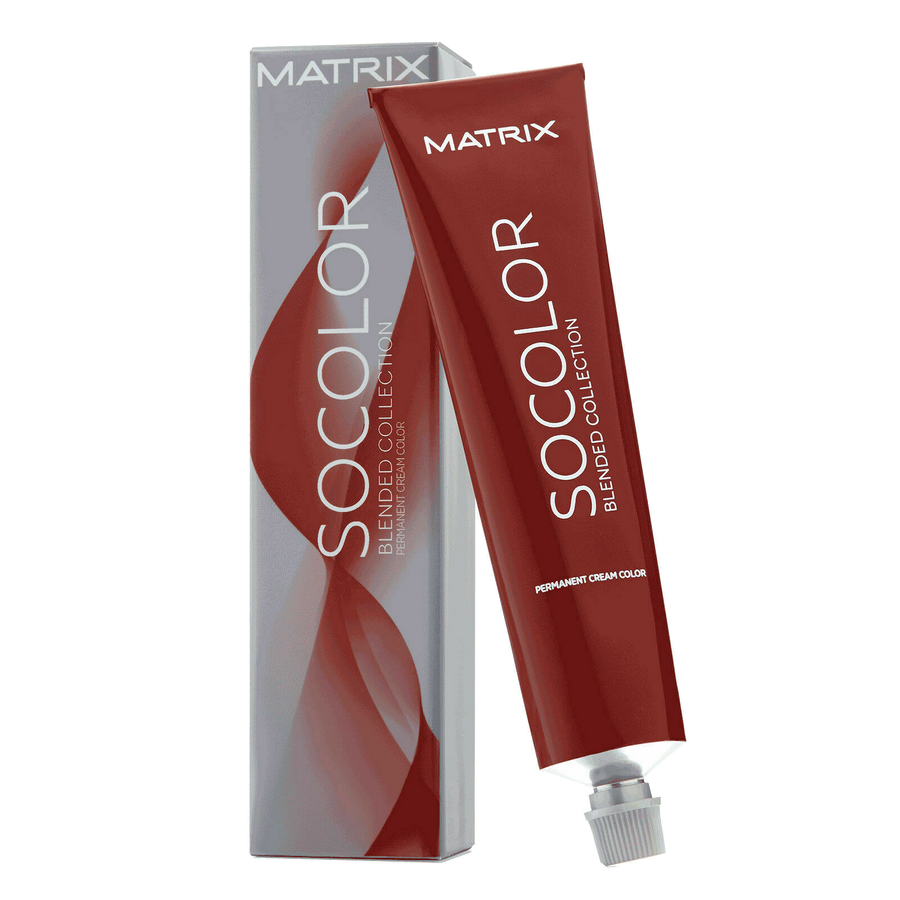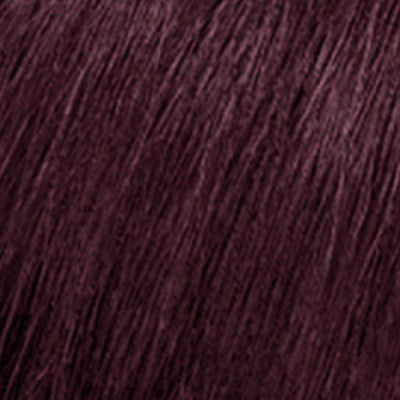Hair Porosity Explained: Types, Testing and Targeted Hair Care Tips
Within the world of hair care, understanding hair porosity is a vital step towards crafting a tailored and highly effective routine that caters to the unique needs of your tresses. Smooth & Charming, an online hair care store dedicated to providing high-quality products for all hair types and textures, is here to help you unlock the secrets of hair porosity with this comprehensive guide that will take your knowledge and hair care routine to new heights.
In this extensive guide, we'll explore the different types of hair porosity, methods to determine your hair's porosity level, and expert advice for creating a customized hair care routine that addresses the specific requirements of your hair. Our goal is to guide you through every aspect of hair porosity and empower you with the knowledge needed to nurture your hair with targeted care that enhances its health, appearance, and resilience.
At Smooth & Charming, we are committed to educating and guiding individuals on their hair care journey, sharing our expertise and offering high-quality products that cater to all types of hair. By learning about hair porosity and embracing tailored hair care solutions, you can unlock the full potential of your tresses, celebrate their unique beauty, and confidently showcase your stunning locks.
1. Understanding Hair Porosity Types: High, Medium, and Low
Discover the three main hair porosity types and their characteristics:
A) Low Porosity: Hair with low porosity has tight, compact cuticle layers that resist water penetration. This hair type tends to resist product absorption and takes longer to dry, but it's generally strong and healthy.
B) Medium (Normal) Porosity: Hair with medium porosity has a healthy balance between accepting moisture and retaining it. This hair type absorbs and retains the optimal level of moisture and is easily manageable.
C) High Porosity: Hair with high porosity has raised, porous cuticle layers that easily absorb moisture but struggle to retain it. This hair type can be prone to frizziness, tangling, and damage due to the uneven cuticle structure.
2. Tools and Techniques for Testing Hair Porosity
Find your hair porosity level using these popular and simple testing methods:
A) The Float Test: Place a strand of clean, free-of-product hair into a bowl of water. If it sinks quickly, it's high porosity; if it floats, it's low porosity, and if it only descends slightly, it's medium porosity.
B) The Slip 'n Slide Test: Gently slide your fingers up a clean, dry hair strand. If it feels smooth and encounters no resistance, it's low porosity. If you feel bumps or rough patches, it indicates high porosity.
C) The Spray Test: Evenly spray a water mist onto a small section of clean, dry hair. If the water droplets are quickly absorbed, your hair is likely high porosity, while if the water remains on the surface, it's low porosity.
3. Hair Care Tips for Low Porosity Hair
Optimize your hair care routine with these expert tips for low porosity hair:
A) Use Lightweight, Water-Based Products: Avoid heavy products that can weigh down your hair or cause buildup. Choose lighter, water-based products instead.
B) Deep Condition with Heat: Warm up your conditioner or use a gentle heat source like a hair steamer to help open the cuticles and facilitate the penetration of conditioning agents.
C) Clarifying Shampoos: Use a gentle clarifying shampoo occasionally to remove product buildup, making it easier for your hair to absorb and retain moisture.
4. Hair Care Tips for Medium (Normal) Porosity Hair
Maintain the perfect balance for medium porosity hair with these expert recommendations:
A) Regular Protein Treatments: Supplement your hair care routine with protein treatments to strengthen your hair and maintain its ideal porosity balance.
B) Maintain Moisture: Incorporate moisturizing products such as hydrating conditioners and leave-in treatments to support the optimal moisture levels.
C) Monitor Environmental Factors: Limit your hair's exposure to sun, heat, and harsh chemicals to maintain its healthy porosity balance.
5. Hair Care Tips for High Porosity Hair
Revitalize and repair your high porosity hair with these expert strategies:
A) Protein Treatments: Regular protein treatments help fortify damaged cuticles and provide much-needed strength to high porosity hair.
B) Moisturize and Seal: Use rich, emollient-based products to keep your high porosity hair moisturized. Seal in moisture using natural oils to lock in hydration.
C) Limit Heat Styling: High porosity hair is particularly vulnerable to heat damage. Limit the use of heat styling tools and opt for heatless styling methods instead.
Conclusion:
Understanding your hair's porosity and embracing a tailored approach to hair care are the keys to achieving and maintaining the health and vitality of your locks. With expert guidance from Smooth & Charming and a comprehensive selection of high-quality hair salon products, you can craft a personalized routine that addresses your hair's unique porosity needs, supports its health, and enhances its natural beauty.
Explore the world of hair porosity with Smooth & Charming and enjoy the benefits of expert knowledge that empowers you to make informed choices regarding your hair care journey. By delving into the complex world of hair porosity and embracing tailored hair care solutions, you can unlock the true potential of your tresses and confidently showcase your stunning locks.




